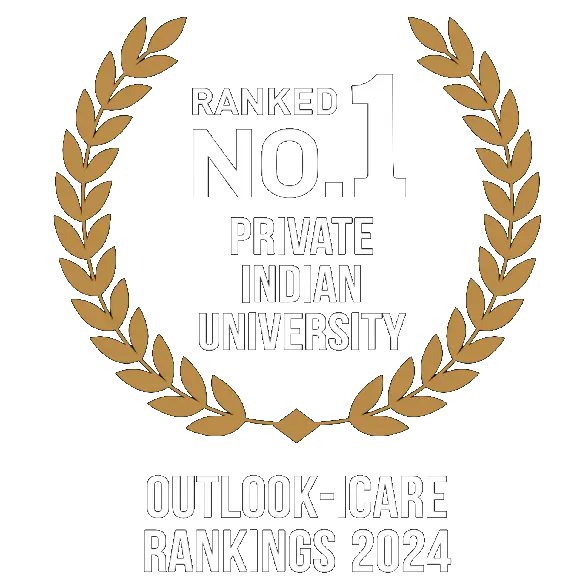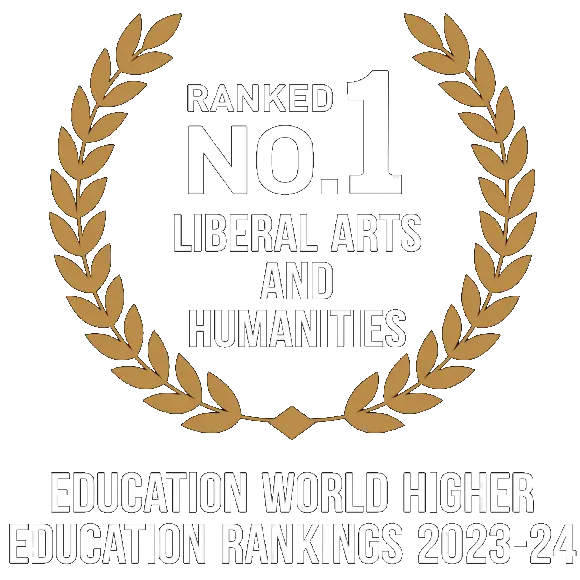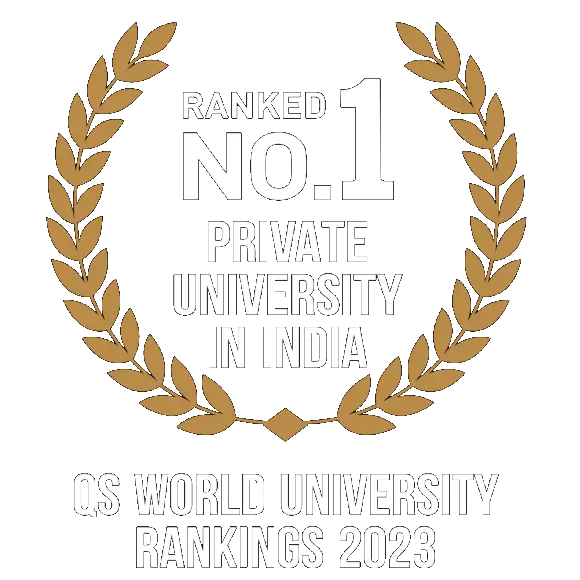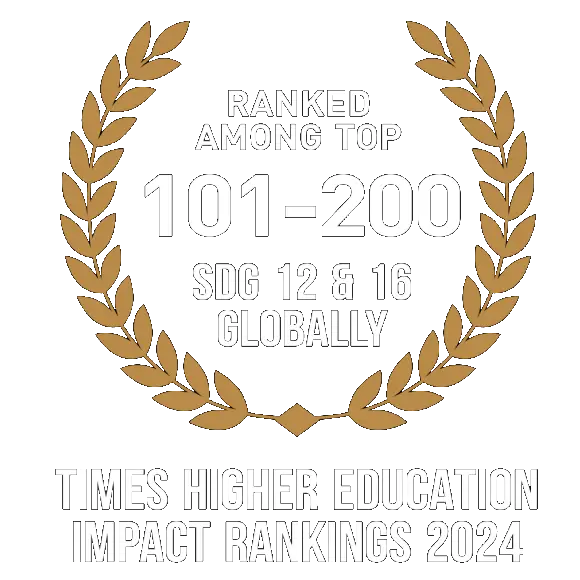The Jindal School of Government and Public Policy (JSGP) offers a range of programmes that promote research and education in governance and public policy. To equip faculty and students with the skills and knowledge necessary to meet the governance challenges and improve government efficiency in India, JSGP's programmes are designed to provide students with a deep understanding of the complex issues surrounding public policy and administration.
Learn MoreStudents
University Faculty & Staff
Collaborations with International Universities
Alumni Network
Publications


















